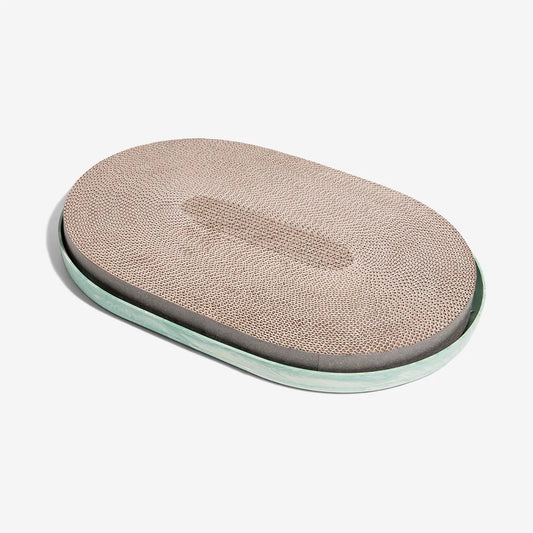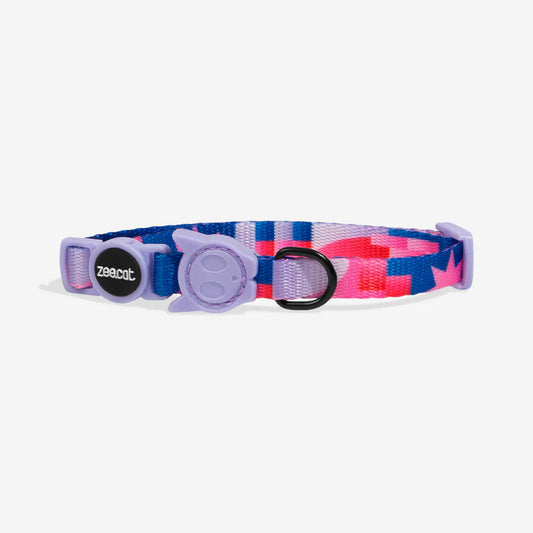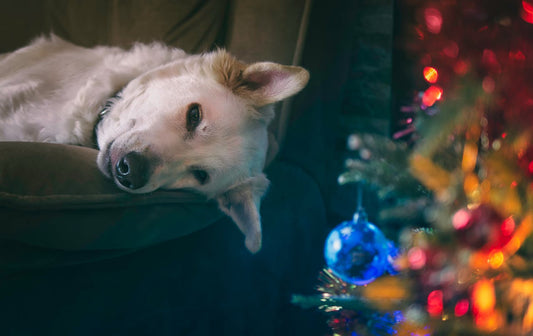Understanding the Colors Dogs See
For many years, it was widely believed that dogs could only see in black and white. However, modern scientific research has revealed that dogs do perceive color, although their color vision differs significantly from that of humans. This article delves into the specifics of canine color vision, explaining what colors dogs can see, the science behind their visual perception, and how this impacts their daily lives.
The Dog Eye Structure - What colours dogs see
To understand how dogs see color, it's essential to examine the structure of their eyes, specifically the types of cone cells present in the retina. Humans have three types of cone cells, each sensitive to different wavelengths of light: red, green, and blue. This trichromatic vision allows us to perceive a wide spectrum of colors and to differentiate between many subtle variations.
Dogs, on the other hand, have dichromatic vision, meaning they possess only two types of cone cells. These cone cells are sensitive to blue and yellow wavelengths. As a result, dogs' color perception is somewhat similar to a human with red-green color blindness. They can distinguish between various shades of blue and yellow but have difficulty differentiating between red and green. This difference in cone cells significantly impacts the way dogs perceive the world around them.
The Colors Dogs Can See
Given their dichromatic vision, dogs' color perception is limited compared to humans. Here is a more detailed breakdown of how dogs perceive different colors:
- Blue: Dogs can see shades of blue very clearly. This is one of the primary colors in their spectrum, and they can distinguish it from other colors quite well. Blues are likely vibrant and distinct to dogs, making blue objects and surfaces highly noticeable.
- Yellow: Dogs can also see yellow and its varying shades. This color stands out to them much like it does to humans, though with less variation in the tones they can distinguish. Yellows are bright and conspicuous, making yellow objects appealing and easy to spot.
- Gray: Colors like red and green appear as shades of gray or brown to dogs. They do not perceive these colors as vibrant or distinct. Instead, red and green tones blend into the background and are much harder for dogs to differentiate. This is why red and green toys or objects might seem less interesting or visible to dogs.
- Combination Colors: Due to their dichromatic vision, colors that are combinations of blue and yellow (such as green) can be seen by dogs but appear as different shades of gray or brown, depending on the mix. This means that a green lawn might not look green to a dog but rather a blend of colors they interpret differently.
The Science Behind Dog Color Vision - What colours dogs see
Understanding why dogs have dichromatic vision involves a look into their evolutionary history. Dogs evolved from wolves, nocturnal hunters who relied more on motion detection and night vision than color discrimination. The ability to see well in low light conditions was more critical for their survival than distinguishing between a wide range of colors. As a result, dogs' eyes are more adapted to detect movement and see well in dim light, with a higher concentration of rod cells, which are more sensitive to light and motion but do not detect color.
In addition to their limited color vision, dogs also have a wider field of view compared to humans. Their eyes are positioned more on the sides of their heads, allowing for a broader peripheral vision, which is advantageous for spotting movement and potential threats from various directions. This trade-off between color vision and motion detection highlights the evolutionary adaptations that have shaped the canine visual system.
Understanding how dogs see color can help pet owners make better choices regarding their pets' environment and toys. Here are some practical implications of canine color vision:
- Toy Selection: When choosing toys for dogs, selecting items in shades of blue or yellow can make them more visually appealing and easier for dogs to locate. Toys in these colors are likely to stand out against various backgrounds, making playtime more engaging for the dog. Avoid red or green toys as these colors may blend into the background and become less noticeable, reducing their appeal and visibility. Don't forget to check our toy collection for dogs!
- Training Tools: For training tools such as agility equipment, using blue and yellow colors can help dogs better navigate the course and understand commands based on visual cues. This can be particularly useful in competitive dog sports or for basic training, where clear visual signals are essential for effective communication between the handler and the dog.
- Home Environment: When setting up spaces for dogs, such as their play areas or resting spots, incorporating blue and yellow elements can make these areas more engaging and comfortable for them. For instance, using blue and yellow bedding, toys, and accessories can create a stimulating environment that caters to a dog's visual capabilities.
Enhancing Dog Welfare Through Color - What colours dogs see
The knowledge of how dogs perceive color can also inform decisions beyond toy and equipment choices. For example, veterinarians and animal shelters can use this information to design spaces that are more welcoming and less stressful for dogs. By understanding that dogs see blue and yellow more vividly, these environments can be tailored to be visually soothing and stimulating, reducing anxiety and promoting well-being.
Moreover, dog owners can apply this knowledge in everyday activities. For instance, when playing fetch in a park, using a blue or yellow ball can ensure that the dog can easily spot and retrieve it. During training sessions, using blue or yellow markers or targets can enhance the dog's ability to follow commands and perform tasks accurately.
While dogs' color vision is not as rich or varied as that of humans, they do perceive a world of color within their own unique spectrum. By understanding the colors dogs can see, pet owners can create a more stimulating and comfortable environment for their furry friends. Knowing that blue and yellow are the most distinguishable colors for dogs can guide choices in toys, training tools, and home decor, ultimately enhancing the well-being and happiness of our canine companions.
Recognizing and catering to the visual needs of dogs is a simple yet impactful way to improve their quality of life. As we continue to learn more about canine perception and behavior, we can better understand and meet the needs of our loyal and beloved pets.
Don't forget to follow us on Instagram!

























